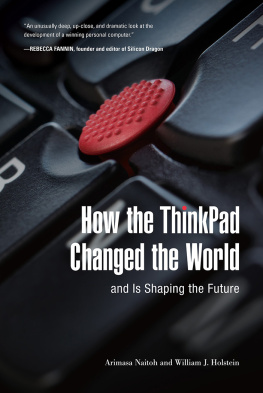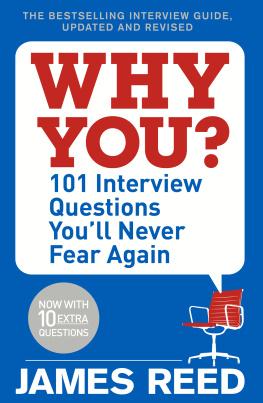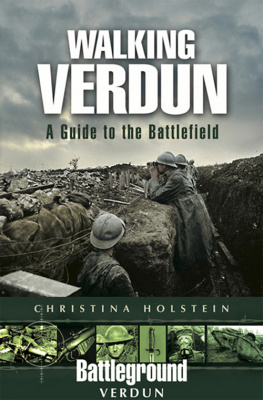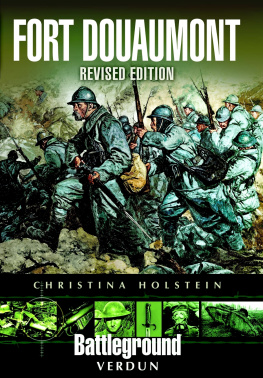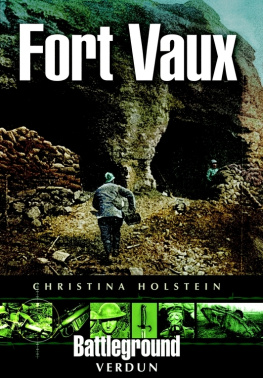Copyright 1995 by Sage Publications, Inc.
All rights reserved. No part of this book may be reproduced or utilized in any form or by any means, electronic or mechanical, including photocopying, recording, or by any information storage and retrieval system, without permission in writing from the publisher.
For information address:
| SAGE Publications, Inc. 2455 Teller Road Thousand Oaks, California 91320 E-mail: SAGE Publications Ltd. 6 Bonhill Street London EC2A 4PU United Kingdom SAGE Publications India Pvt. Ltd. M-32 Market Greater Kailash I New Delhi 110 048 India |
Library of Congress Cataloging-in-Publication Data
Holstein, James A.
The active interview / James A. Holstein, Jaber F. Gubrium.
p. cm. (Qualitative research methods; v. 37)
Includes bibliographical references.
ISBN 978-0-8039-5894-4. ISBN 978-0-8039-5895-1 (pbk.)
1. Interviewing. 2. Social sciencesResearchMethodology.
3. Social sciencesFieldwork. 4. Social sciencesLanguage.
I. Gubrium, Jaber F. II. Title. III. Series.
H61.28.H65 1995
300 .723dc20
95-5766
1 2 1 3 1 4 1 5 1 4 1 3
Sage Project Editor: Susan McElroy
SERIES EDITORS INTRODUCTION
Face-to-face interviewing, the common denominator of qualitative research, is as difficult to describe as it is to accomplish. Field-workers are taught that success hinges on a clear understanding of the intellectual purpose of the inquiry, a talent at creating rapport, a sensitivity to the structure of situations, a sense of timing, and so forth. The synergistic influence of these factors on research certainly merits our attention.
But, as is pointed out by James A. Holstein and Jaber F. Gubrium in Volume 37 in this Sage series, much more is required of the interviewing ethnographer than the ability to skillfully pose questions, empathize, and listen.
The Active Interview takes a constructionist perspective on the interviewing process and interview products. Holstein and Gubrium are dissatisfied with the orthodoxy that interviews are usefully regarded as opportunities for enterprising scientists to mine minds. They reject the notion (so often hidden in the way we think of survey research) that crisp answers to clean questions can be recovered with professional dispatch once the ground rules are explained by the interviewer to the respondent.
To Holstein and Gubrium, interviews are social productions. With this orientation, respondents are better seen as narrators or storytellers, and ethnographers are cast as participants in the process. Working together, the interviewer and narrator actively construct a story and its meaning. Interviewing, then, is inherently collaborative and problematic.
The Active Interview is a welcome addition to the Sage series because it provides a vocabulary that helps us to think aboutindeed discussthe interactive aspects of interviews.
Marc L. Miller
Peter K. Manning
John Van Maanen
THE ACTIVE INTERVIEW
JAMES A. HOLSTEIN
Marquette University
JABER F. GUBRIUM
University of Florida
1. INTRODUCTION
Think of how much we learn about contemporary life by way of interviews. Larry King introduces us to presidents and power brokers. Barbara Walters plumbs the emotional depths of stars and celebrities. Oprah, Geraldo, and Donahue invite the ordinary, tortured, and bizarre to spill their guts to millions of home viewers, and intimates and experts tell the O. J. Simpson Story for TV and the tabloids.
We live in what has been called an interview society (Silverman, 1993). Not only the media but human service professionals and social researchers increasingly get their information via interviews. Some estimate that 90% of all social science investigations exploit interview data (Briggs, 1986). Interviewing seems to be the universal mode of systematic inquiry (Hyman, Cobb, Feldman, Hart, & Stember, 1975), as sociologists, psychologists, anthropologists, psychiatrists, clinicians, administrators, politicians, pollsters, and pundits treat interviews as their windows on the world.
Typically, those who are curious about another persons feelings, thoughts, or experiences believe that they merely have to ask the right questions and the others reality will be theirs. Studs Terkel, the consummate journalist qua sociologist, says he simply turns on his tape recorder and asks people to talk. Of his brilliant interviewing study of attitudes and feelings about working, Terkel (1972) writes:
There were questions, of course. But they were casual in nature ... the kind you would ask while having a drink with someone; the kind he would ask you.... In short, it was a conversation. In time, the sluice gates of dammed up hurts and dreams were open. (p. xxv)
As unpretentious as it is, Terkels image of interviewing permeates the social sciences: prospecting for true facts and feelings residing within. Of course, there is a highly sophisticated technology that tells researchers how to ask questions, what sorts of questions not to ask, the order in which to ask them, and the ways to avoid saying the wrong things that might spoil the data (Fowler & Mangione, 1990; Hyman et al., 1975). But the basic model remains similar to the one Terkel exploits so adroitly.
The image of the social scientific prospector casts the interview as a search-and-discovery mission, with the interviewer bent on finding what is already there inside variably cooperative respondents. The challenge lies in extracting information as directly as possible. Highly refined interview technologies streamline, standardize, and sanitize the process, but, despite their methodological sophistication, they persistently ignore the most fundamental of epistemological questions: Where does this knowledge come from, and how is it derived?
Social researchers generate massive data by asking people to talk about their lives; results, findings, or knowledge come from conversations. Although these conversations may be variously configured as highly structured, standardized, quantitatively oriented surveys, as semi-formal guided interviews, or as free-flowing exchanges, all interviews are interactional events. Their narratives may be as truncated as forced-choice survey answers or as elaborate as life histories, but, in any case, they are constructed in situ, a product of the talk between interview participants.
Most researchers recognize interviews as social interactions, but the literature on interview strategy and technique remains primarily concerned with maximizing the flow of valid, reliable information while minimizing distortions of what the respondent knows (Gorden, 1987). The interview conversation is thus framed as a potential source of bias, error, misunderstanding, or misdirection, a persistent set of problems to be minimized. The corrective is simple: If the interviewer merely asks questions properly, the respondent will emit the desired information.






